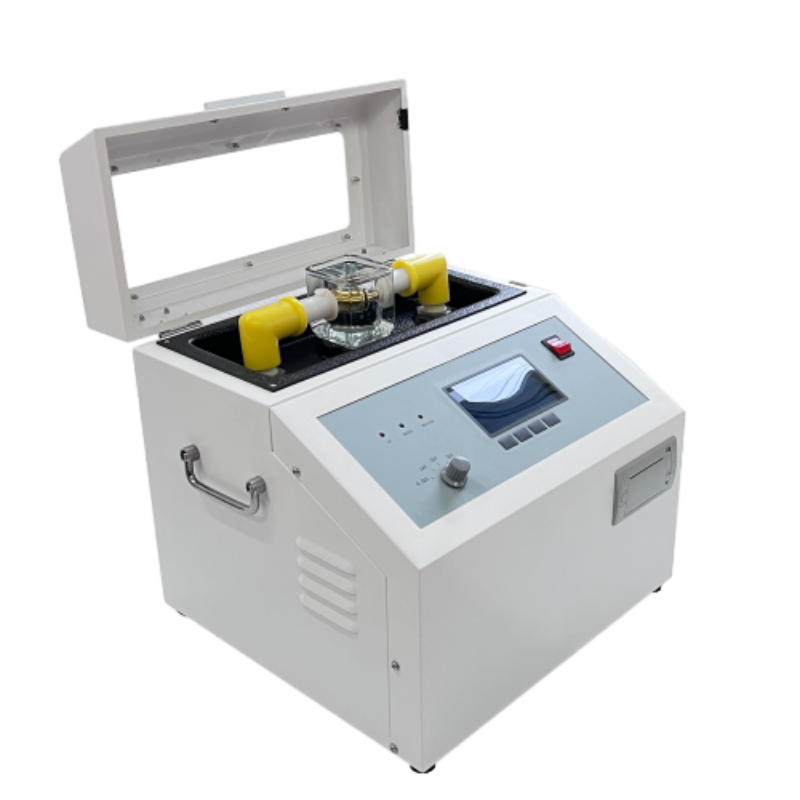 English
English



-
 Afrikaans
Afrikaans -
 Albanian
Albanian -
 Amharic
Amharic -
 Arabic
Arabic -
 Armenian
Armenian -
 Azerbaijani
Azerbaijani -
 Basque
Basque -
 Belarusian
Belarusian -
 Bengali
Bengali -
 Bosnian
Bosnian -
 Bulgarian
Bulgarian -
 Catalan
Catalan -
 Cebuano
Cebuano -
 China
China -
 China (Taiwan)
China (Taiwan) -
 Corsican
Corsican -
 Croatian
Croatian -
 Czech
Czech -
 Danish
Danish -
 Dutch
Dutch -
 English
English -
 Esperanto
Esperanto -
 Estonian
Estonian -
 Finnish
Finnish -
 French
French -
 Frisian
Frisian -
 Galician
Galician -
 Georgian
Georgian -
 German
German -
 Greek
Greek -
 Gujarati
Gujarati -
 Haitian Creole
Haitian Creole -
 hausa
hausa -
 hawaiian
hawaiian -
 Hebrew
Hebrew -
 Hindi
Hindi -
 Miao
Miao -
 Hungarian
Hungarian -
 Icelandic
Icelandic -
 igbo
igbo -
 Indonesian
Indonesian -
 irish
irish -
 Italian
Italian -
 Japanese
Japanese -
 Javanese
Javanese -
 Kannada
Kannada -
 kazakh
kazakh -
 Khmer
Khmer -
 Rwandese
Rwandese -
 Korean
Korean -
 Kurdish
Kurdish -
 Kyrgyz
Kyrgyz -
 Lao
Lao -
 Latin
Latin -
 Latvian
Latvian -
 Lithuanian
Lithuanian -
 Luxembourgish
Luxembourgish -
 Macedonian
Macedonian -
 Malgashi
Malgashi -
 Malay
Malay -
 Malayalam
Malayalam -
 Maltese
Maltese -
 Maori
Maori -
 Marathi
Marathi -
 Mongolian
Mongolian -
 Myanmar
Myanmar -
 Nepali
Nepali -
 Norwegian
Norwegian -
 Norwegian
Norwegian -
 Occitan
Occitan -
 Pashto
Pashto -
 Persian
Persian -
 Polish
Polish -
 Portuguese
Portuguese -
 Punjabi
Punjabi -
 Romanian
Romanian -
 Russian
Russian -
 Samoan
Samoan -
 Scottish Gaelic
Scottish Gaelic -
 Serbian
Serbian -
 Sesotho
Sesotho -
 Shona
Shona -
 Sindhi
Sindhi -
 Sinhala
Sinhala -
 Slovak
Slovak -
 Slovenian
Slovenian -
 Somali
Somali -
 Spanish
Spanish -
 Sundanese
Sundanese -
 Swahili
Swahili -
 Swedish
Swedish -
 Tagalog
Tagalog -
 Tajik
Tajik -
 Tamil
Tamil -
 Tatar
Tatar -
 Telugu
Telugu -
 Thai
Thai -
 Turkish
Turkish -
 Turkmen
Turkmen -
 Ukrainian
Ukrainian -
 Urdu
Urdu -
 Uighur
Uighur -
 Uzbek
Uzbek -
 Vietnamese
Vietnamese -
 Welsh
Welsh -
 Bantu
Bantu -
 Yiddish
Yiddish -
 Yoruba
Yoruba -
 Zulu
Zulu
Essential Oil Quality Testing Kit for Accurate Analysis and Quality Assurance
Understanding the Importance of an Oil Tester Kit
In today's technologically advanced world, maintaining optimal performance in vehicles and machinery is critical. One of the essential aspects of this maintenance is monitoring the quality of the oils used in engines, gearboxes, and other mechanical systems. An oil tester kit has emerged as a vital tool for vehicle owners, mechanics, and industrial operators, providing insights into oil quality, performance, and safety. Understanding the function and benefits of an oil tester kit can be crucial both for preventing damage and prolonging the lifespan of machinery.
An oil tester kit typically comprises various instruments designed to measure different properties of oil. These properties include viscosity, acidity, moisture content, and the presence of contaminants or wear particles. By evaluating these factors, users can determine whether the oil is still effective for its intended purpose or if it needs to be changed.
One of the primary tests conducted using an oil tester kit is the viscosity test. Viscosity is a measure of how thick or thin a fluid is, which plays a significant role in ensuring proper lubrication within engines. If oil becomes too viscous, it may not flow efficiently, leading to inadequate lubrication and increased wear and tear on engine components. Conversely, oil that is too thin may not provide sufficient protection, particularly under high-temperature conditions. An oil tester can provide a quick assessment of viscosity, enabling timely changes to avoid potential damage.
oil tester kit

Another critical aspect monitored by an oil tester kit is acid content. Over time, oil can degrade and become acidic due to oxidation and contamination, which can harm engine metals and components. High acidity levels can lead to corrosion, reducing the engine's lifespan. By measuring acidity, users can take preemptive action, such as changing the oil or implementing oil filtration solutions to prolong engine health.
Moisture content is another vital parameter measured by oil tester kits. Water contamination can occur through condensation, leaks, or even improper handling. Presence of water in oil can lead to emulsification, which compromises lubrication properties and can result in sludge formation, ultimately causing engine failure. An oil tester kit can help identify unsafe moisture levels early, allowing for corrective action to be taken before serious issues arise.
Finally, the presence of contaminants and wear particles is an essential aspect of oil analysis. Using advanced sensors, an oil tester kit can identify foreign particles, including metals from wear, dirt, or dust. This analysis can provide critical insights into the internal condition of an engine or machine, helping to diagnose emerging problems. For instance, elevated levels of specific metals like iron may indicate wear of certain engine parts, prompting potential repairs before a significant breakdown occurs.
In conclusion, investing in an oil tester kit is a proactive approach to maintaining machinery and vehicles. It provides essential information regarding oil quality, enabling users to make informed decisions regarding oil changes and preventative maintenance. By regularly analyzing oil, users not only safeguard their investments but also contribute to the sustainability of engine performance, reducing waste and environmental impact. Whether for personal use or in an industrial setting, the oil tester kit proves to be an invaluable tool in today’s maintenance practices, ensuring that engines and machinery function efficiently and reliably over time.
-
Exploring the Main Types of Industrial Endoscopes and Their Applications Across IndustriesNewsJul.04,2025
-
Testing Equipment Industry Sees Major Advancements in 2025: Smart & Precision Technologies Lead the WayNewsJun.06,2025
-
Applications of Direct Current Generators in Renewable Energy SystemsNewsJun.05,2025
-
Hipot Tester Calibration and Accuracy GuidelinesNewsJun.05,2025
-
Digital Circuit Breaker Analyzer Features and BenefitsNewsJun.05,2025
-
Benefits of Real-Time Power Quality Monitoring Devices for Industrial EfficiencyNewsJun.05,2025



